
Warm Up to a World of Winter Travel
Published on November 27, 2019
Warm Up to a World of Winter Travel By Tauck If thoughts of winter leave you cold, traveling might be something you’ll warm up to. Sun-kissed islands from Cuba to Hawaii are the draw for snowbirds longing to migrate to a culturally rich tropical paradise during the winter months. Sailors will enjoy charting a course […]
Keep reading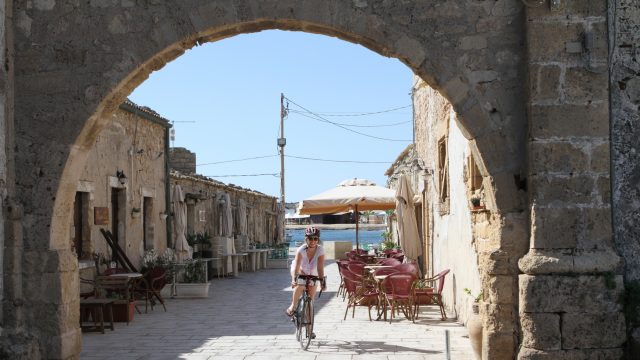
How Addiopizzo Has Changed Travel in Sicily
Published on November 22, 2019
How Addiopizzo Has Changed Travel in Sicily By Ashlea Sullivan, Brand Manager for VBT Bicycling Vacations When you arrive in Sicily as a traveler, you’re likely to be instantly charmed by welcoming locals, turquoise beaches, tantalizing cuisine, and ancient architectural gems. Sicily is breathtaking, and if it’s not on your bucket list yet it absolutely […]
Keep reading
5 Reasons to Join a Walking Tour as a Solo Traveler
Published on November 15, 2019
5 Reasons to Join a Walking Tour as a Solo Traveler By Matt Thompson, Brand Manager for Country Walkers 1. Meet Like-Minded People When you choose to experience the world on foot, you’re making a conscious decision to travel authentically. Your traveling companions will share your passion for experiencing a destination up close, at a […]
Keep reading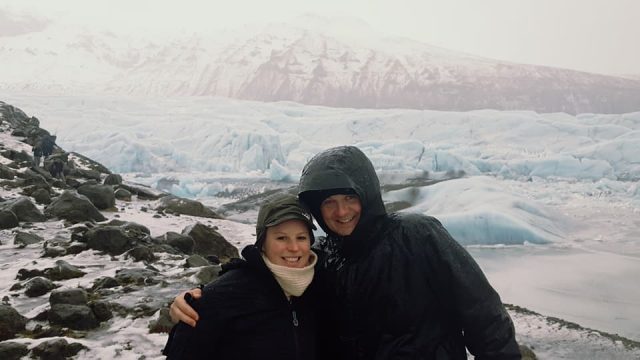
5 Reasons Why Multi-Generational Travel is Good for Families
Published on November 8, 2019
5 Reasons Why Multi-generational Travel is Good for Families By Jaclyn Leibl-Cote, President of Collette Growing up, travel was always a significant part of my life. And that’s not just because it was the family business. I came to understand that travel was one of the ways that my family could be together to make memories, […]
Keep reading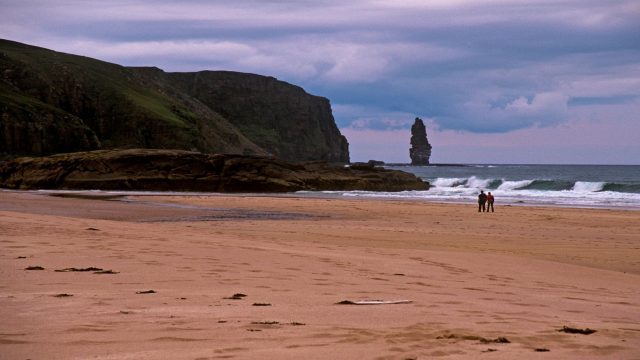
Scenic Scotland: Scotland’s Hidden Gems
Published on October 23, 2019
Scenic Scotland: Scotland’s Hidden Gems By: Chelsea Matthews, Sales & Marketing Executive with Celtic Tours World Vacations When planning a visit to an unfamiliar place, try finding uncommon areas hidden from the crowds of more popular spaces. There is something about unwinding and discovering a place which is off the beaten path so to speak, […]
Keep reading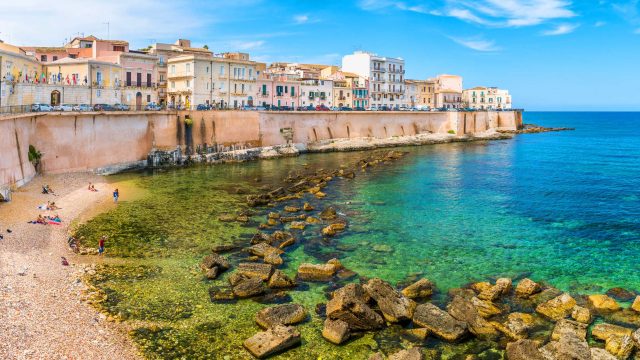
5 Must-See Places in Italy for Repeat Travelers
Published on October 18, 2019
5 Must-See Places in Italy for Repeat Travelers By Gina Bang, Senior Manager of Inside Sales & Marketing at Avanti Destinations So, you’ve been to Rome, Florence and Venice, maybe even stayed in a villa in Tuscany or driven along the Amalfi Coast? You’ve only scratched the surface of this amazing country. In these days when […]
Keep reading
What Seniors Need To Know at Airport Security
Published on October 1, 2019
What Seniors Need To Know To Get Through Airport Security Easily By Diana Cowgill of YMT Vacations Getting through airport security can be a nuisance for anyone, but the experience can be especially stressful for seniors. The good news is that the Federal Aviation Administration has put rules in place to streamline the process for […]
Keep reading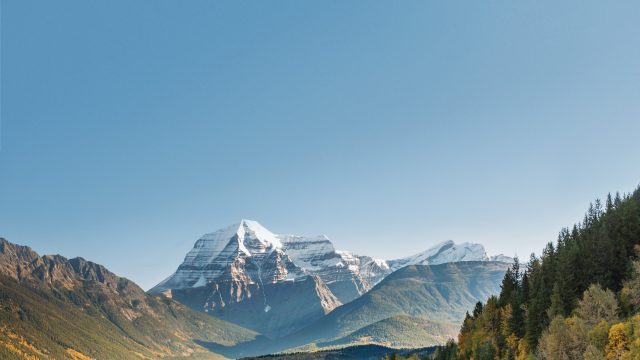
Venture to Lesser-Known Corners of the World
Published on September 1, 2019
September is Travel Together Month USTOA tour operators are taking the road less traveled and visiting emerging destinations in 2020. Check out our full round-up of new, off-the-beaten path itineraries below. Asia Abercrombie & Kent: South Korea & Japan: Cultural Legacies of the East Alexander + Roberts: Ancient Lands of the Himalayas: A Journey to […]
Keep reading
Top Destinations for Family Learning Journeys
Published on August 27, 2019
Top Destinations for Family Learning Journeys By Carol Dimopoulos of Perillo’s Learning Journeys As President of Perillo’s Learning Journeys and in my role as an adjunct professor for SUNY Empire State College, I believe that both travel and education are investments in a child’s future. When my children were young I realized we could combine […]
Keep reading
6 Cities for Art and Architecture Lovers
Published on August 22, 2019
6 Cities for Art and Architecture Lovers By Hayley Warner, Monograms Marketing Coordinator Art and architecture, created long before us and preserved to last long after us, offer a glimpse of the past – of how people looked, how they lived, what they enjoyed. And these 6 cities gave rise to those creators, to the […]
Keep reading
